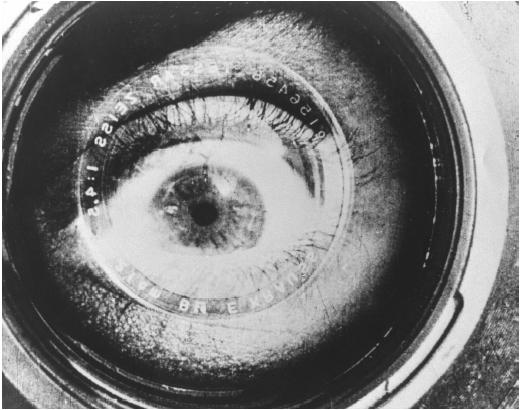Street Art in Athens: Project Carpe Diem & Same
"While not architectural necessarily, one of graffiti's primary
locations is our built environment".
locations is our built environment".
Street Art is one of the most popular types of art in our times, actually one can say that is the kind of art that describes this generation. An unsanctioned art form mostly developed in public spaces, to express its disapproval against government's sponsored initiatives.
Although, that Street Art started from the streets it haven't eliminated its existence only their, it's aesthetics are constantly now used in various illustrations as into titles sequences and films too. Below are some clips from two Greek series that heir titles sequences and idents have been influenced by Street Art and artists like Bansky.
"G4"
G4, the title of the series, refers to the name of a high school class, the story is based on the students' lifes and how they cope with issues like drugs, family, school and relationships.
"Αγρια Παίδια" (= Wild Youth)
Another TV series about trouble youth. Here, we watch the adventures of four friends while they are tring to fight their fears, discover their selfs and face the future.














